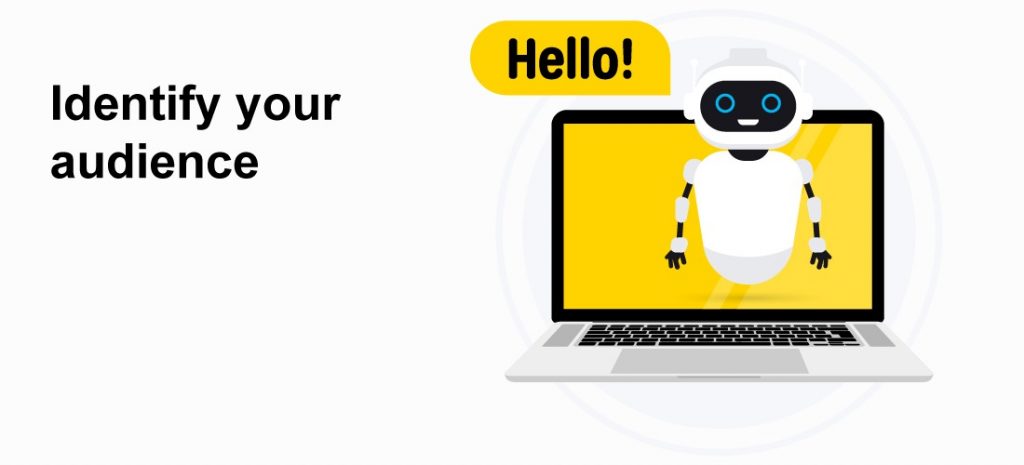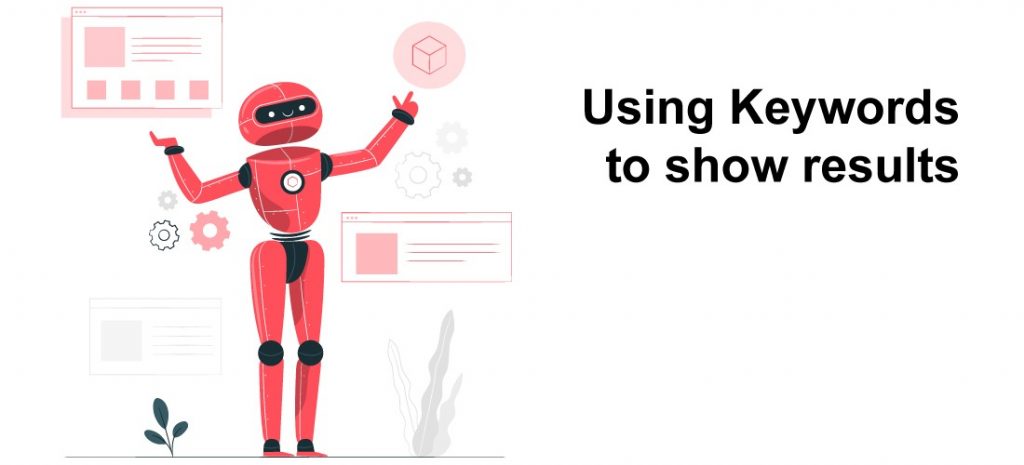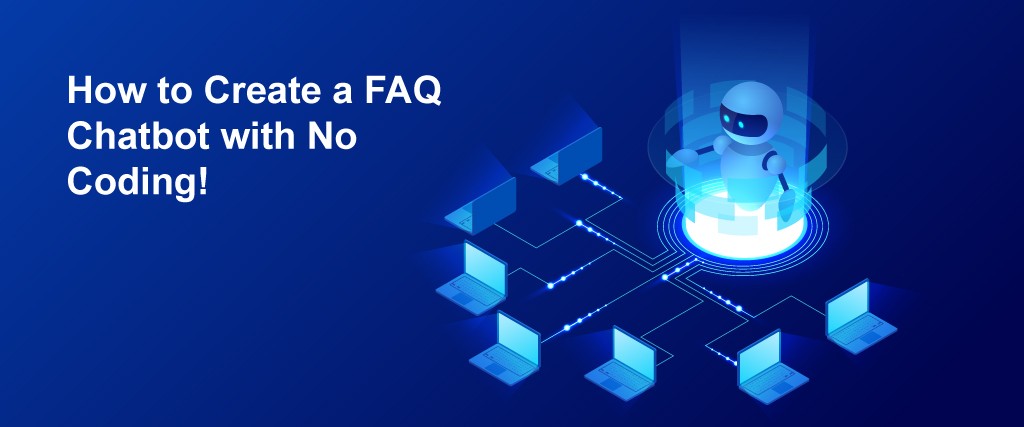FAQ Chatbot: It’s now as simple as playing a computer game and as quick as making instant noodles to create a virtual assistant.
Today, we’re going to show you how to make a no-code FAQ bot.
Customers can use FAQ bots to route them to specific pages or goods, as well as get answers to questions regarding a company’s products and services, freeing up support employees for more sophisticated customer needs.

It’s critical to develop a FAQ chatbot correctly if you want to get the most out of it.
To get you started, I’ve compiled a list of best practises. It’s the same with anything else in life: the foundation is crucial.
If you get off to a good start, you’ll not only change the way people engage with your company from the outside, but also from the inside.
Make a decision about the scope of your Faq chatbot.

Your aims and target audience will determine the breadth of your FAQ chatbot.
These two factors should be kept in mind while you create your chatbot as they will influence how it is structured and where it is deployed.
Determine your target audience.

Determine your target audience first. For whom is this FAQ chatbot designed? What about your clients and employees?
This will assist you in determining where you should use it or how you should construct your utterances – more on that later.
It’s the initial step in practically all communication; your grasp of the audience can, and will, make or break the FAQ chatbot.
Now that you know your target audience, you should be able to determine what they require from a FAQ chatbot in order to find it useful.
Concentrate on a single aim.
This is a typical pitfall, so be cautious.
Scoping your FAQ chatbot too broadly can make it tough to add value.
It could be to assist your worker with human resources questions or to assist them with something more particular, such as employee benefits.
Using Keywords to show results

Your Q&A/chatbot creator must be able to provide the user with relevant responses.
You can programme your chatbot to recognise specific terms in the user’s query and react using those keywords.
This keyword-based FAQ bot functions similarly to a search engine but is more interactive
Create a Knowledge Base – FAQ Chatbot
You’ll need an active working knowledge base because the Q&A creator requires a database to search from.
As a result, the next step is to create a comprehensive knowledgebase that includes all possible FAQ queries.
Making a list of keywords that customers regularly ask questions about is one way to start the process.
In the beginning, don’t bother about making a FAQ for everything.
Concentrate on the essentials. In the long run, you can leverage your chatbot’s analytics to locate and add FAQs to topics.
Users who don’t wish to connect with a chatbot can use a Knowledgebase instead.
Start testing after connecting everything.
Your FAQ bot is almost ready if you connect your interactive chatbot discussion with knowledge base terms.
It’s time to start testing your design after it’s finished. It can be difficult to test a chatbot.
You must ensure that it functions in practically every situation and for nearly every type of user response.
If the term is ‘yellow,’ and you have three to four FAQs with this keyword, it must ask the user which one they want to examine
Go live now!

When your Chatbot has been thoroughly tested.
It’s time to turn on the lights. Include a means for users to provide feedback. With the help of consumer feedback, you may develop your chatbot.
Last Thoughts
This tutorial is just a small sample of what may be done to create something more comprehensive and practical.
So, you’ve just completed a simple FAQ chatbot to gain experience with chatbot development.
If you’re just learning about chatbots and how to develop them, this is a crucial step.
We can assure you that if you study and apply this tutorial correctly, you will lay a solid foundation for your journey to become a no-code chatbot programming expert.
Read More: 5 Awesome Features To Create a Great Website Chatbot







